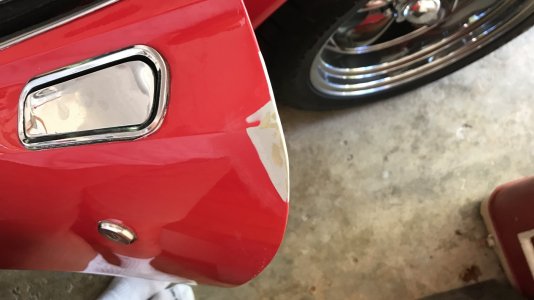K
KJL
Guest
Hello,
I want to start out by saying I am not an artist but do a lot of "car part" painting and some body and scratch repair. I have always wanted to try paint touchup using an air brush so I purchased a Badger 360 Universal to play with. I have a large compressor and tank I use for air tools, regulator and in-line airbrush secondary filters and dryer. Most of my experience has been with traditional old school full size internal/external mix air guns, and some HVLP air guns and lots of rattle cans... What intimidates me almost as much as the airbrush is the science behind modern day paints and coatings. You almost have to be a chemist to figure it all out. I am currently going to attempt a paint repair on my 72 corvette as soon as the temp and humidity drop but wanted to present what I am trying to do to people who know airbrushes. I look forward to being a member!
What intimidates me almost as much as the airbrush is the science behind modern day paints and coatings. You almost have to be a chemist to figure it all out. I am currently going to attempt a paint repair on my 72 corvette as soon as the temp and humidity drop but wanted to present what I am trying to do to people who know airbrushes. I look forward to being a member!
Keith
I want to start out by saying I am not an artist but do a lot of "car part" painting and some body and scratch repair. I have always wanted to try paint touchup using an air brush so I purchased a Badger 360 Universal to play with. I have a large compressor and tank I use for air tools, regulator and in-line airbrush secondary filters and dryer. Most of my experience has been with traditional old school full size internal/external mix air guns, and some HVLP air guns and lots of rattle cans...
Keith

